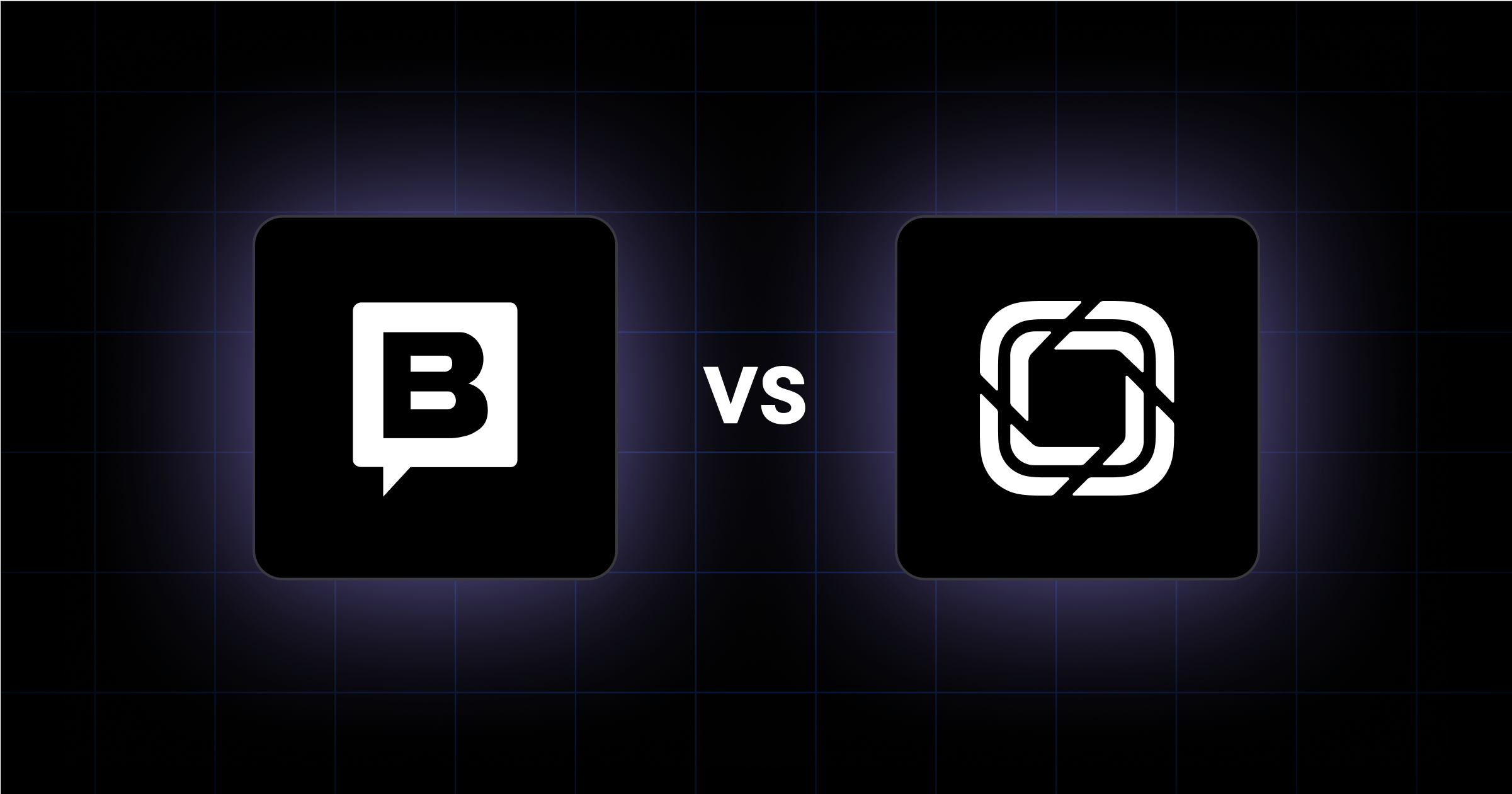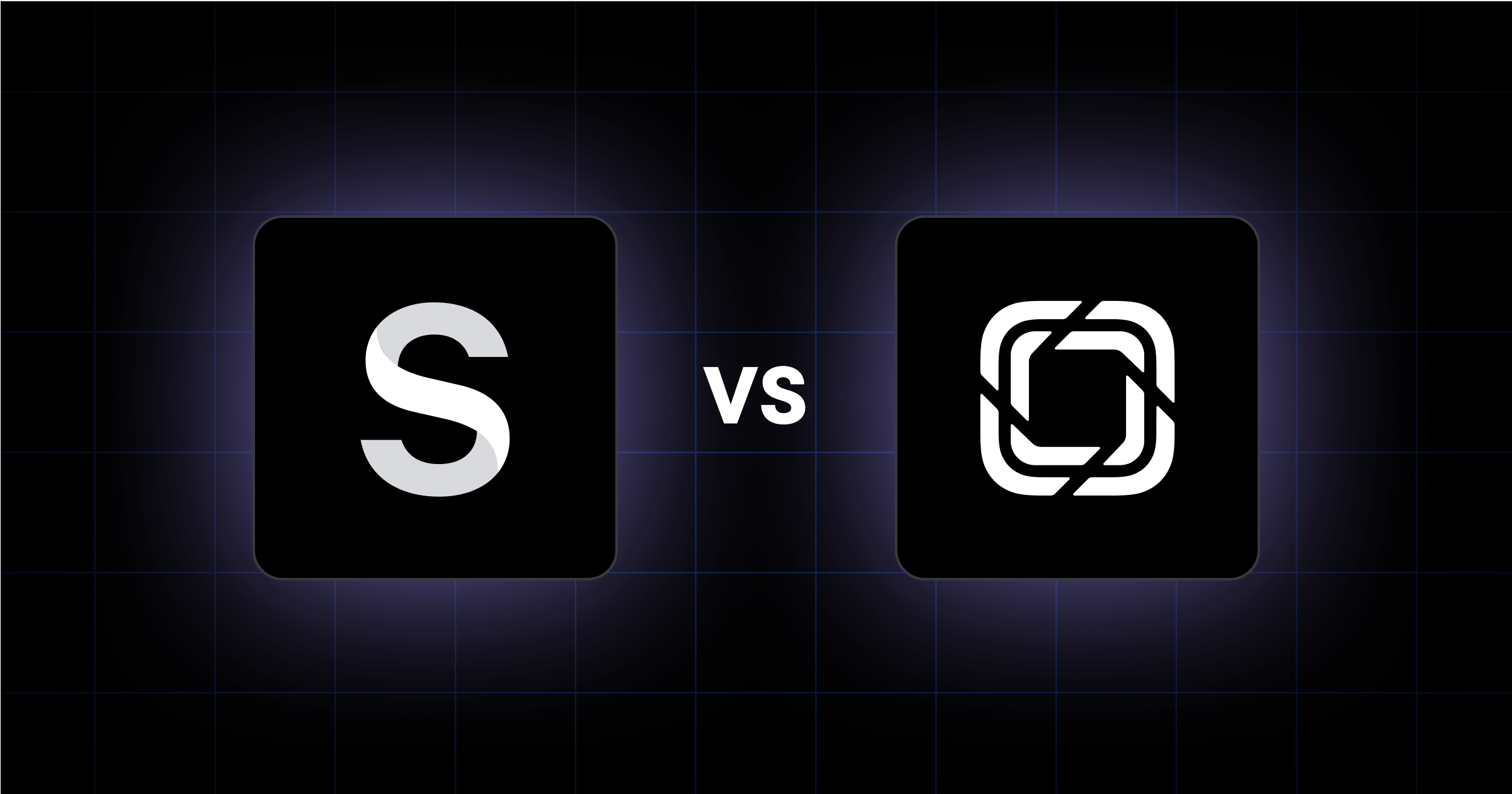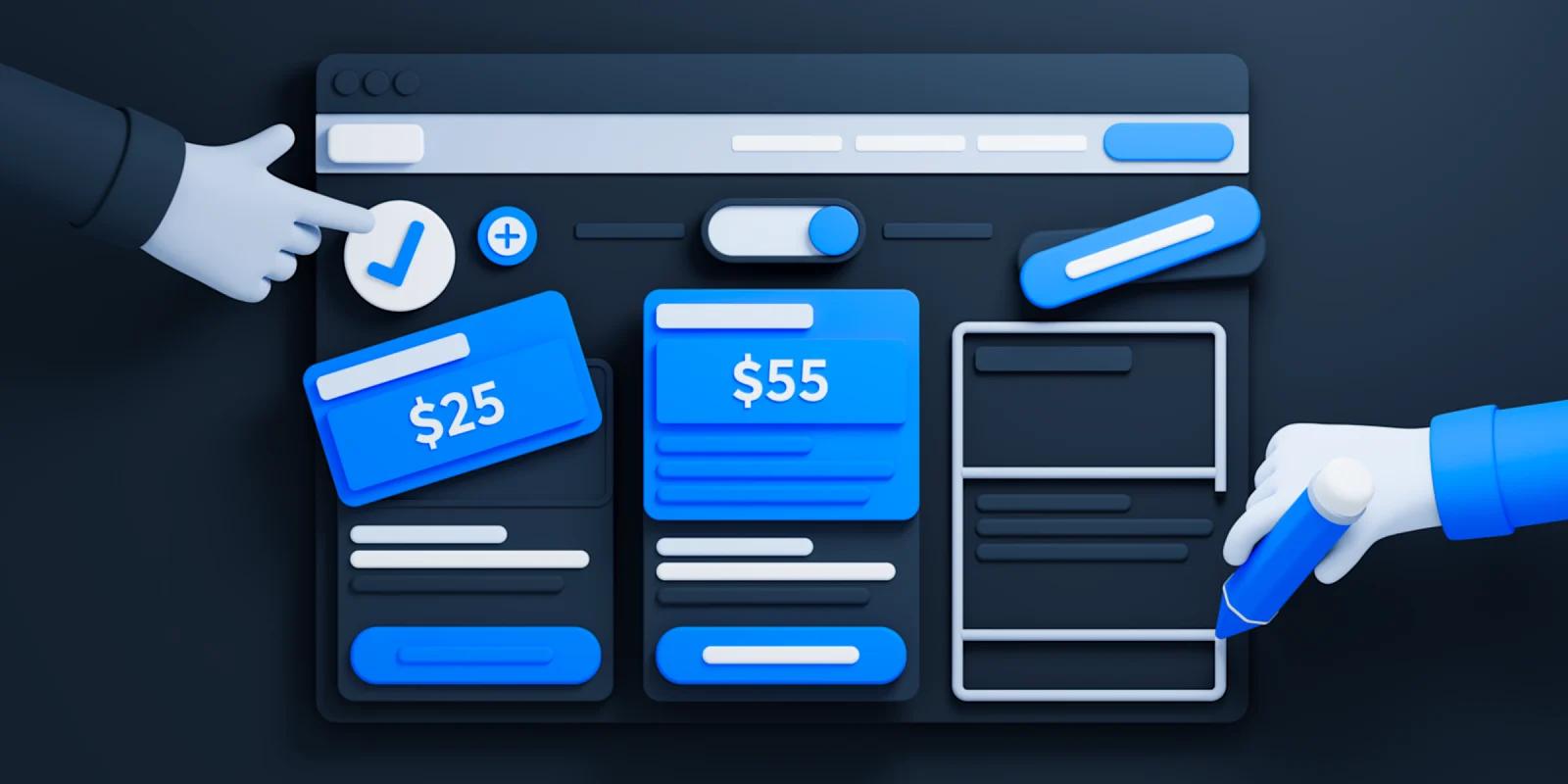In our previous blog post on Revenue Operations, we explained how the RevOps framework can align a B2B organization’s top line with the goal responsibility to driving revenue growth.
While driving revenue is indeed the ultimate goal, RevOps is also responsible for measuring other factors contributing to revenue growth. Here are 5 key metrics RevOps is accountable for that are crucial for a B2B company’s revenue growth.
5 Key Metrics for Revenue Operations
1. Customer Churn
Let’s face it. We hate to see customers leave, but it is impossible to retain 100% of customers even with the best of strategies.
Customer churn is the percentage of customers that stop using an organization’s product or service within a specific period.
While it is inevitable to stop people from choosing other brands, the best thing a business can do to retain the majority of customers is to prioritize customer retention with a RevOps strategy.

A whopping 33% of Americans say they’ll consider choosing another brand after one instance of poor customer service. This stat alone is a risk for any B2B company that is hoping to keep their churn rate less than 5% - the churn rate every company should aim for.
Luckily, Revenue Operations mitigates risks. Because a company’s marketing and sales departments aren’t enough to sustain growth, organizations cannot rely on contracts to keep customers locked in.
A RevOps strategy incorporates customer successes with marketing and sales because they are principal owners of revenue generation.
An organization’s churn rate is likely to be lower when customer challenges or questions are addressed at all stages of the customer journey.
When solutions and answers are provided proactively, customer retention is ignited, revenue skyrockets, and fan bases are more likely to remain loyal.
Analyzing the churn rate as it occurs proves to be advantageous, giving the organization’s data that can put into place preemptive measures throughout all top lines of success.
2. Pipeline Velocity
50% of high-performing sales organizations have a structured sales process in place. A structured sales process speeds up the deals moving through the pipeline and increases the number of quality leads.
The rate at which an organization can move leads through the pipeline to the closing stage is known as pipeline velocity. Because pipeline velocity is a crucial metric responsible for driving revenue, Revenue Operations supports sales, marketing, and customer success departments with sales enablement practices that affect business as a whole.
Each of these enablement efforts has a positive impact on the business, and it’s coming from each top line of success.

One common problem siloed sales departments face is the discovery phase. Sales teams fail to understand a buyer’s pain points around the buying decision and instead are more concerned about their commission. This hurts an organization's pipeline velocity.
Revenue Operations stresses how important it is to focus on the customer at all stages of the buying process. When organizations can understand the needs, wants, and problems of customers, then sales, marketing, and customer teams can frame solutions and answers accordingly.
Sales teams want to get customers through the pipeline as quickly as possible. However, it is challenging when pipeline goals are sales-eccentric and not concentrated on the primary revenue drivers.
3. Sales Forecasting
HubSpot's definition of sales forecasting: “What a salesperson, team, or company will sell weekly, monthly, quarterly, or annually.”
Sales forecasting is critical because an organization must make decisions using data-driven numbers to help grow the business. It is critical to identify mistakes early on, but difficult when only the sales team is responsible for delivering an efficient forecast.
There are common sales forecasting problems that arise when organizations don’t have a framework in place (like Revenue Operations) to account for the important metric. This may include no training, time-consuming processes, accidental inaccuracies, or not having a clear sales process.
The forecasting process is so much more than just calling a number. It represents the entire operating rhythm of the whole company.


Not looking at historical data is another problem that affects the top-line departments. The RevOps framework works to connect business and activity data across marketing, sales, and customer success teams to avoid dropping the sales forecasting task into the lap of the sales department.
As Clari puts it, “the sales forecast isn’t just the responsibility of sales anymore.” With RevOps acting as the glue between the top line, organizations can enjoy sales forecasting that is no longer inaccurate and avoid revenue mistakes with strategic confidence.
4. Cost of Customer Acquisition
In the last few years, customer acquisition costs have been steadily increasing for B2B companies by nearly 50%.
B2B organizations find it challenging to acquire new customers because they don’t know how much to invest in their marketing efforts to attract the right audience.
Remember when we mentioned that RevOps enabled data-sharing along all the top lines? This includes marketing.

Companies fail to acquire new customers because they’re unable to understand who their customers are. Revenue Operations accounts for this by pinpointing the customer acquisition cost (CAC), which is the dollar amount spent on marketing tactics to acquire new customers.
Once this number is obtained, the RevOps strategy works to build a good customer acquisition strategy with the help of the rest of the top line.
This strategy aligns a company’s acquisition channel, model, product, and market to increase bottom-line revenue and instill value along the customer journey.
Improving customer acquisition by 1% will result in a 3.32% increase in bottom-line revenue, while simultaneously keeping the customer churn rate low.
5. Renewals, Upgrades, and Cross-Sells
The majority of Apple users have renewed their Apple Music subscription, upgraded their iPhone to the latest model, and purchased a pair of Apple headphones with their upgrade.
These are examples of renewals, upgrades, and cross-sells.

Did you know that a 5% increase in customer retention can increase profits by up to 90%? This is possible when customer satisfaction is guaranteed.
Luckily, because alignment between sales, marketing, and customer success is achieved, data-sharing across channels ensures accurate reporting on customer activity, honest sales predictions, and a better understanding of customer acquisition.
With this in mind, teams operating a RevOps strategy can create lifetime value (LTV) because they understand their customers at every stage of the journey.
The RevOps framework is built to find honest, functional ways to maintain customer satisfaction by using data that is shared across the top line.
Like in the Apple example from earlier, when customers are satisfied, they are more likely to renew, upgrade, or buy more depending on the company’s product or service.
Anyone can throw bait at their customers and prospects, but it takes a real, efficient strategy to turn prospect and client relationships into lifetime fans.
Read More on Revenue Operations
These 5 metrics aren't the only thing spinning the RevOps flywheel. other factors such as technology stacks also play a huge role.
Read our blog post on how to determine if your team’s technology stack is suited for Revenue Operations.




